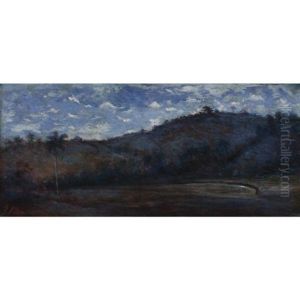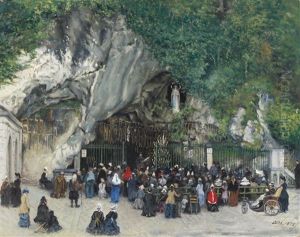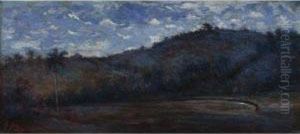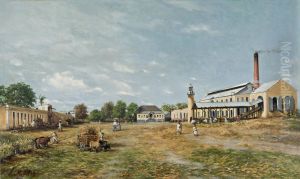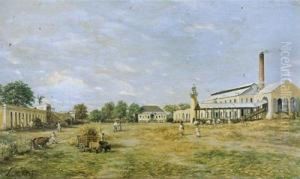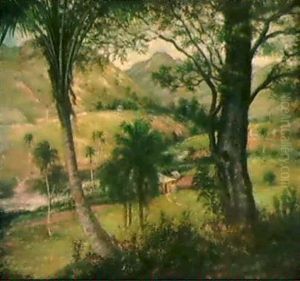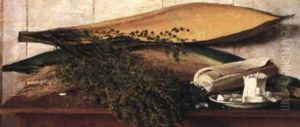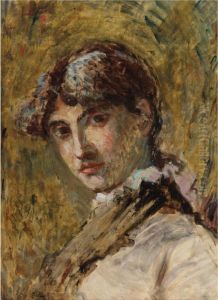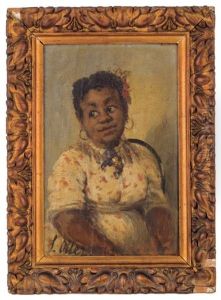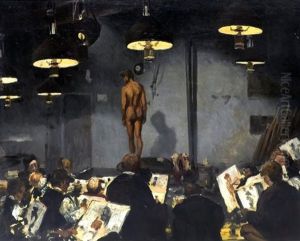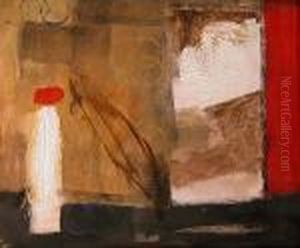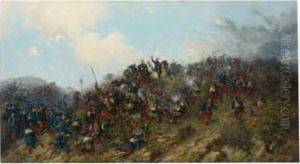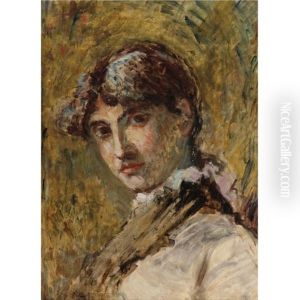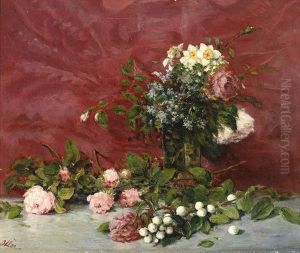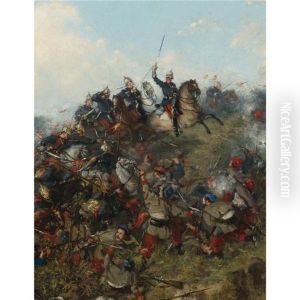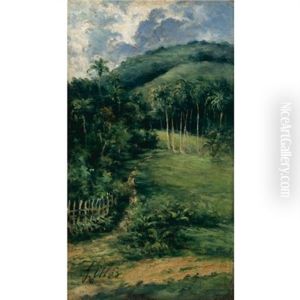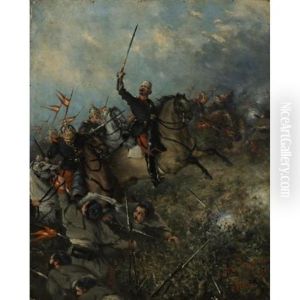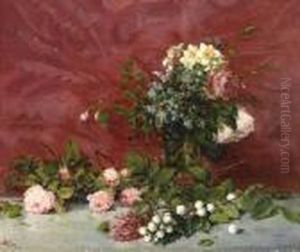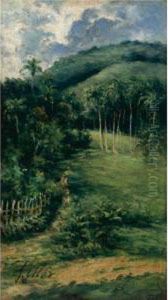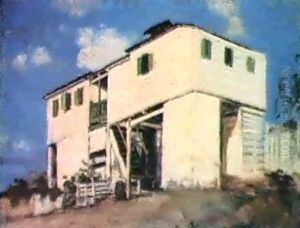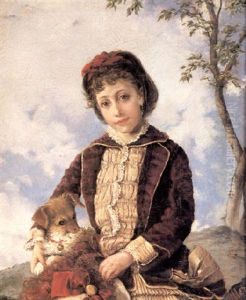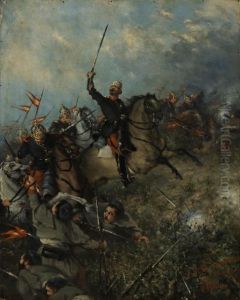Francisco Manuel Oller Paintings
Francisco Manuel Oller y Cestero was a Puerto Rican visual artist, renowned for his pioneering role in the development of Caribbean and Latin American painting. Born on June 17, 1833, in Bayamón, Puerto Rico, Oller was a key figure in introducing European movements, such as Realism and Impressionism, to the Caribbean region. His work often reflected a strong commitment to realism and a keen interest in reflecting the social issues and daily life of his homeland.
Oller showed artistic talent from a young age and pursued formal art education in Madrid at the Royal Academy of San Fernando, where he studied under distinguished artists of the time. His European studies also took him to Paris, which was then the center of the art world. There, he mingled with influential artists such as Camille Pissarro and Gustave Courbet, which deeply impacted his style and approach to painting. Despite his European training, Oller’s work remained deeply rooted in Puerto Rican culture and landscape.
Throughout his career, Oller was dedicated to improving the arts in Puerto Rico and was a proponent of accessible art education. He established the first art school on the island and was a mentor to future generations of Puerto Rican artists. His paintings often depicted the Puerto Rican landscape, its people, and the realities of colonial life. His most famous work, 'El Velorio,' portrays a traditional wake for a child and is considered a masterpiece of Puerto Rican art.
Francisco Oller died on May 17, 1917, in San Juan, Puerto Rico. His legacy lives on through his contributions to the cultural and artistic heritage of Puerto Rico and his influence on Caribbean art. Oller's work is celebrated for its historical significance and its role in laying the groundwork for subsequent art movements in the region.
